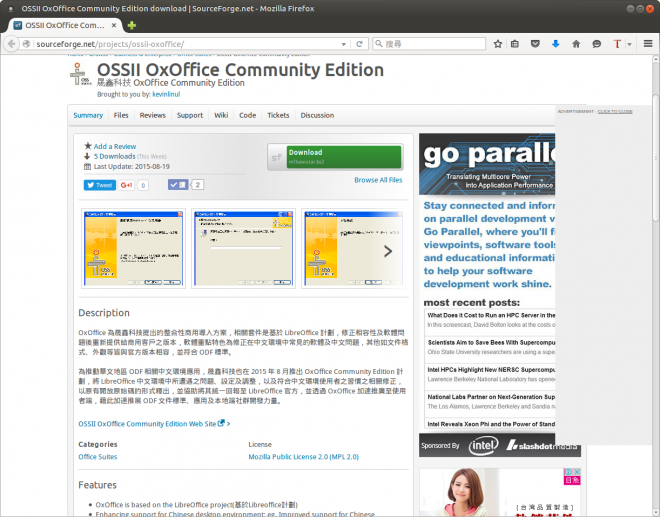LibreOffice 7.1 Community released with support for M1 Arm Mac and 'user interface variants' READ MORE The other script is driven by a persistent LaunchAgent that runs it hourly to connect with a server and request more information from whoever controls the malware. Creating a Better Office Product for Mac Users Since 2018 when WPS Office launched the first version of the WPS office in Apple App store, the app has come a long way from there. And now, with so much support from people all around the world, WPS office featured Frist under the category of business in 14 countries' app stores. 7.0.5 This version is slightly older and does not have the latest features, but it has been tested for longer. For business deployments, we strongly recommend support from certified partners which also offer long-term support versions of LibreOffice. LibreOffice – Base is a free open source databases for Mac and part of the excellent LibreOffice free office suite which is a free alternative to Microsoft Office on Mac. It’s nowhere near as powerful or as easy to use as tools like Knack but it still packs a lot of features into a free package. And there’s more to come: an optimised version of LibreOffice for Apple’s M1-based Macs is being developed, thanks to work from Collabora Productivity, a company in LibreOffice’s ecosystem. And more improvements for LibreOffice on macOS Big Sur are on the way – stay tuned!
- → Open Issues
Libreoffice Arm
This page describes how to set up a build environment for LibreOffice on macOS 10.14.4. Building master requires Xcode 11.3 or later, which requires macOS 10.14.4 or later.
Prerequisites
- Install Xcode from the App Store. The intent is that LibreOffice will always be buildable with the current Xcode on current macOS. Right after a new Xcode version is released, or after a new macOS version is released, there might be a few days while that is not true. Just be patient in that case. Using older Xcode versions on older macOS versions might also work. What you are absolutely not expected to do is to specifically download some old Xcode version or a separate old SDK and use those.
- Run Xcode at least once (you don't need to open or create any project)
- If you are planning to work on the parts of LibreOffice that are implemented in Java, mainly the HSQLDB embedded database in Base, you need to download and install a JDK (Java SE Development Kit): Oracle's Java SE Development Kit. But that is entirely optional. If you want to avoid Java, just use the --without-java option in your autogen.input or on the autogen.sh command line, when you get that far.
Notice: according to http://document-foundation-mail-archive.969070.n3.nabble.com/About-building-on-Apple-Silicon-M1-tt4298988.html, everything should be ok to build with mac containing processor Apple Silicon M1 except a known issue with in-process JVM (see https://lists.freedesktop.org/archives/libreoffice/2020-December/086490.html)
Building
See Development/lode.
Building Tips

Kodak easyshare z5010 download to macbook pro. See platform-independent tips at Development/GenericBuildingHints
Building in a ssh session
In some cases it seems that if you are building in a ssh session, some unit tests fail unless you also have a windowing session open to the machine, either on the physical console or through Screen Sharing.

Performance
Building LibreOffice takes time, a lot of time. Exactly how much depends on how powerful your machine is. But there are tools you can use to speed-up things.
ccache
ccache is short for compiler cache - and it is exactly that. It saves tons of time by not running the actual compiler when little has changed in the source codebetween two builds. But note that unless you explicitly do 'make clean' often, that is not typically the case, and using ccache just because you think it maybe helps is not a good idea.
Get it here: [1]
Build it like this:

You will also need to ensure the following is defined, e.g. in .bash_profile in your home folder, if using ccache (see Development/Building LibreOffice with Clang for full details), otherwise clang will report errors and show unnecessary warnings:
The default cache limit (5 GB) is not large enough to be useful for a LibreOffice build, but you can increase it, for instance to 30 GB:
To check what the current cache limit is, and see ccache statistics, run it with the -s command-line option:
Libreoffice 7.1
Upgrading to a recent macOS on unsupported machines
Using various unofficial third-party tools it might be possible to run newer macOS versions on machines that are older than what that macOS version supports. If you need that, search for it. It is not relevant to duplicate such information here.
Libreoffice On Mac
Don't bother building the ODK
It is likely that you don't need to build the 'ODK' (Office Development Kit), especially as building that would require installing one more dependency: doxygen. Use the --disable-odk option in your autogen.input or on the autogen.sh command line.

Libreoffice M1 Macbook
See also
Microsoft Office On Apple M1
